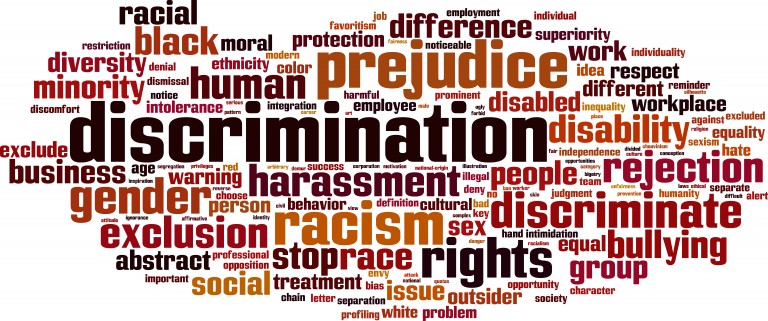
In this blog post, Abhiraj Thakur, a Student at NALSAR University of Law, analyses six articles reporting caste discrimination in the country. The post aims to develop a better understanding of “Discrimination,” by analyzing how it has been reported in the newspapers over a brief period.
Discrimination, as defined by the dictionary, refers to “the unjust or prejudicial treatment of different categories of people, especially on the grounds of race, age, or sex, or any other such category.” For the purpose of better comprehension and by the constraints of a strict time period and a word limit, I have narrowed down the scope of such discrimination to that of caste.
Murder
A 62-year-old man named Vaman Nyaynirgune, residing in the district of Borgaon in the Sangli district of Maharashtra, was working peacefully in his field with his brother Sunil, when two young men belonging to an upper caste came up to him and taunted him for having tried to ‘better his situation.’ They then asked him why he had not greeted them and hit him on his back. When he questioned their act, they became furious and beat him up, causing him to die on the spot. The victim had recently returned from working as a porter in Mumbai after which he invested his savings in buying the field, which had reaped a good harvest. This is what is said to have irked the accused.¹
 Another article on the same issue, but published by an activist blog,² tells a completely different story. According to this article, Sunil was working alone in the field when the youths beat him up for not having greeted them properly. When Vaman sent his son with Sunil to file a complaint, he was attacked by the same youths who found it ridiculous that a Dalit would file a case against them.
Another article on the same issue, but published by an activist blog,² tells a completely different story. According to this article, Sunil was working alone in the field when the youths beat him up for not having greeted them properly. When Vaman sent his son with Sunil to file a complaint, he was attacked by the same youths who found it ridiculous that a Dalit would file a case against them.
The difference in the two articles is immense – one is certainly less “the victim dug his own grave” than the other, presumably by being written from two different perspectives; The Hindu, that has to cater to readers of all categories, and the obscure activist one, which tries to garner sympathy for the Dalits.
Migration
Owing to tension in their village, Dharodhi in Jind district in Rohtak, caused by the death of a youth belonging to an upper caste in a clash over the allocation of five acres of land for families below the poverty line, almost fifty Dalit families chose to migrate to nearby villages to escape trouble. Though there were many others involved in the clash between the two castes, it is only the Dalit families that are relocating as they apprehend police action against them.³
Murder and Rape
A middle-aged woman residing in a village known as Kakua in Agra, who lived only 200 metres from a police post, was gang-raped and then murdered for no identifiable reason but the fact that she was a Dalit.
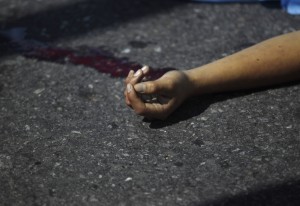 Hema had gone to Jhansi with her family but had returned alone a few days before the estimated date of the crime. When her husband returned, he found their house locked from the inside. Upon breaking in, he saw his wife’s mutilated body in pieces on the cot, with blood stains and condoms thrown all over. He went to tell the others and find help. When the guard attempted to go to the police, he was stopped by the headman and his men, who then proceeded to burn the body. The crime is said to have been committed by hoodlums associated with the village headman’s family.4
Hema had gone to Jhansi with her family but had returned alone a few days before the estimated date of the crime. When her husband returned, he found their house locked from the inside. Upon breaking in, he saw his wife’s mutilated body in pieces on the cot, with blood stains and condoms thrown all over. He went to tell the others and find help. When the guard attempted to go to the police, he was stopped by the headman and his men, who then proceeded to burn the body. The crime is said to have been committed by hoodlums associated with the village headman’s family.4
Another article published by Zee News on the same incident,5 though similar in reporting of facts, does not name the headman, or the main accused. It also uses more subtle language, such as ‘convinced’ instead of ‘forced’, to portray a less harsh image. The Times of India version is more dramatized, possibly to gain more popularity.
Exclusion from Tradition
In a village called Danta in Nasirabad, a young Dalit man, Rakesh, has asked for police protection to be able to ride a horse to his wedding. He will be the first to attempt to do so, taking into account that no Dalit in that village has ever publicly ridden a horse before. The last man that tried to ride one at his wedding was shooed off the streets by angry upper caste villagers who pelted stones at their procession. Since there are still chances of the groom’s procession being harassed for breaking the rule though the local administration has agreed to provide the police protection he had asked for, most of Rakesh’s relatives have decided to give the wedding a miss altogether. However, if they do decide to turn up, Dalit history will be made in the village for the first time.6
The very fact that an article appears in the newspapers about how a man is being prohibited from something as mundane as riding a horse tells a lot about the state of anti-discriminatory laws in India. While the laws explicitly condemn discrimination by caste, the existence of it is so common that instead of implementing the law in society, the man is being offered protection while riding the horse.
Inter-caste Marriage
Life was going well for a Dalit youth named M. Sivaramakrishnan, after he had gotten married and procured a lucrative job in Singapore. However, the good luck didn’t last long as he was forced to go into hiding as a result of his inter-caste marriage. His wife’s family kidnapped his brother-in-law and demanded that she be handed over to them. The seriousness of the situation caused the youth to resign from his job in Singapore and hide with his family in India.7
Molestation
A 13-year-old Dalit girl named Arshdeep Kaur was molested and thrown off a bus, leading to her death, along with her mother who was with her. The bus belonged to Orbit Aviation Private Limited, which is co-owned by Sukhbir Badal, the Deputy Chief Minister of Punjab. Though the incident took place on the 30th of April, the challan was filed by the police only on the 27th of July against the accused four: the bus driver, the conductor, and two other helpers, all of whom belonged to an upper caste.8 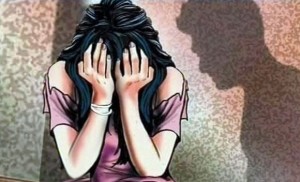
What this article failed to mention, however, was that as soon as the Chief Minister Parkash Singh Badal admitted that the bus belonged to a company his family owned, any questioning of the company was ruled out by the Punjab DGP, as is mentioned in another article about the same issue.9
The difference in these two articles here may be caused by an attempt to avoid political controversy on the part of Hindustan Times. Also noting how Hindustan Times did not publish the name of the author of the article, it is quite possible that the involvement of the ruling party in Punjab made it less preferable for it to publish the entire story.
A Quick Observation
As shown in the above cases, there is no set way in which the Dalits are discriminated against by the people of upper castes. Discrimination appears in a plethora of forms in various spheres of life, from weddings to inter-caste marriages and from molestation to murder. The difference also lies in how various newspapers and press houses depict such discrimination.
While most national newspapers either dramatize the i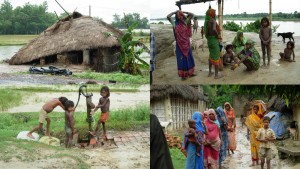 ncidents of discrimination, or they take a stand that is too neutral, that is, too impersonal for reporting, the local newspapers or comparatively obscure news websites and blogs are much more realistic in their representation. It is also evident that some newspapers, such as Hindustan Times in the case of the Punjab molestation case, publish articles that are less politically controversial while others, like The Indian Express, go ahead and publish whatever news exists in reality.
ncidents of discrimination, or they take a stand that is too neutral, that is, too impersonal for reporting, the local newspapers or comparatively obscure news websites and blogs are much more realistic in their representation. It is also evident that some newspapers, such as Hindustan Times in the case of the Punjab molestation case, publish articles that are less politically controversial while others, like The Indian Express, go ahead and publish whatever news exists in reality.
In today’s day and age, newspapers and press, in general, play an imperative role in informing people of things that go on in different parts of the country. In the context of Dalit discrimination, we have seen that an overwhelming majority of them take place in a rural set-up, and the urban society would have no way of knowing such a bias still exists if not for the newspapers. In that sense, the newspapers are entirely successful in spreading awareness about rural practices in urban areas.
In today’s age, newspapers and press, in general, play an imperative role in informing people of things that go on in different parts of the country. In the context of Dalit discrimination, we have seen that an overwhelming majority of them take place in a rural set-up, and the urban society would have no way of knowing such a bias still exists if not for the newspapers. In that sense, the newspapers are entirely successful in spreading awareness about rural practices in urban areas.
The law defines and prohibits discrimination by caste, among other categories, but the number of cases that pop up where there is at least an underlying, if not overt, theme of discrimination. Through this project, I have learned not only does the caste system in India cause biases but also that the concept of ‘equality,’ as defined by the constitution, is more of a false idea than a practical reality.
[divider]
Footnotes:
1 Rahi Gaikwad, Dalit Man Killed For Improving His Lot, The Hindu, July 19th, 2015.
2 Kamayani, Maharashtra Purogami is dead – 62-year-old Dalit killed for not ‘GREETING’, KR Activist, July 18th, 2015.
3 Neeraj Mohan, Tension in Jind village, Dalit families flee due to panic, Hindustan Times, July 20th, 2015.
4 Ishita Mishra, Agra horror: Woman gang-raped, torn to pieces, burnt, The Times Of India, July 21st, 2015.
5 Zee Media Bureau, Dalit woman gang-raped, burnt, cut into pieces in Uttar Pradesh, Zee News, July 21st, 2015.
6 Kshitiz Gaur, a Dalit groom, seeks protection to ride a horse to his wedding, The Times of India, July 25th, 2015.
7 B. Kolappan, Threats post marriage force Dalit youth, wife to go into hiding, The Hindu, July 26th, 2015.
8 HT Correspondent, Police submit ‘challan’ in Moga bus molestation incident, Hindustan Times, July 27th, 2015.
9 Divya Goyal, Political Storm in Punjab After 13-year-old ‘molested’ in a bus owned by Badal Family, The Indian Express, May 1st, 2015.
 Serato DJ Crack 2025Serato DJ PRO Crack
Serato DJ Crack 2025Serato DJ PRO Crack
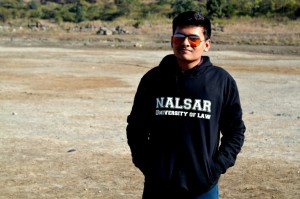
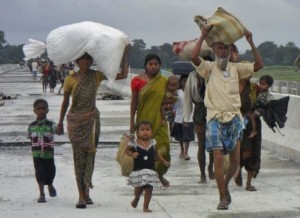

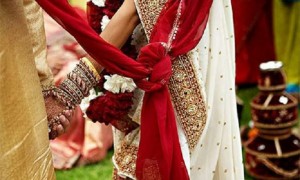


 Allow notifications
Allow notifications
